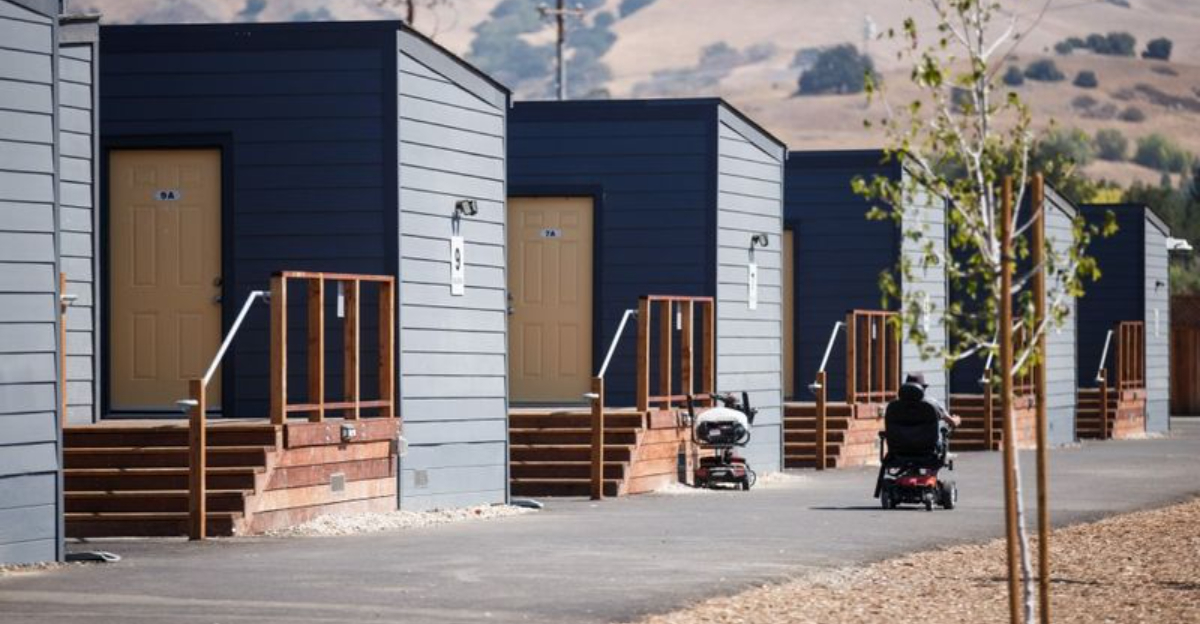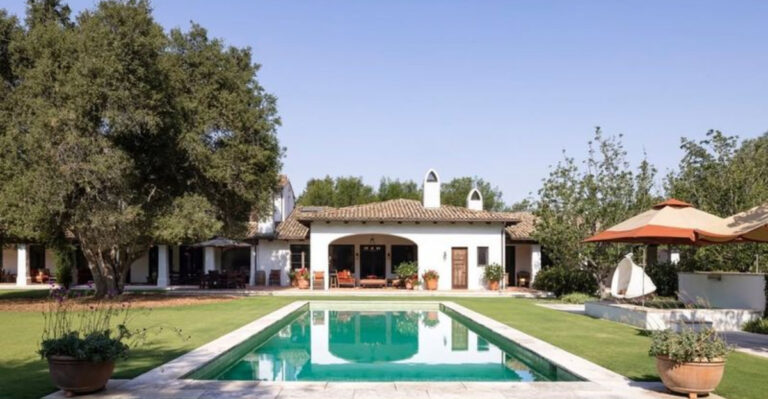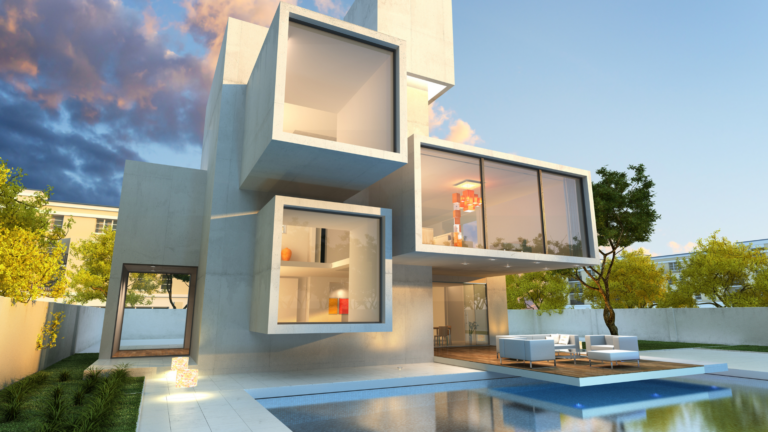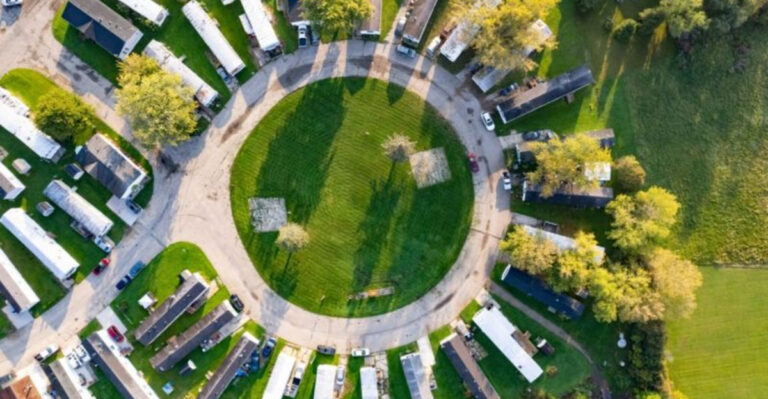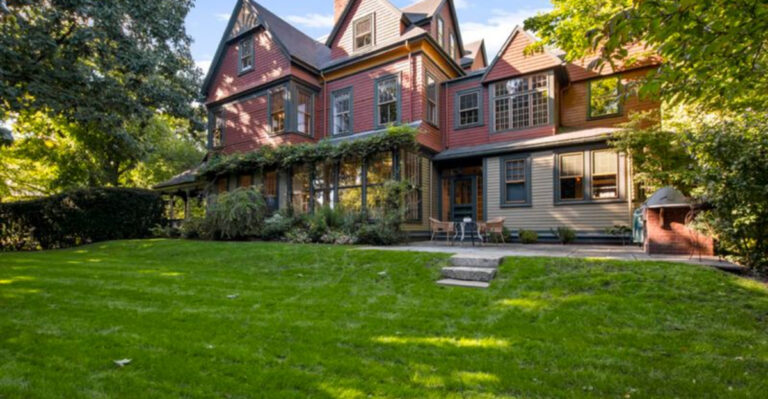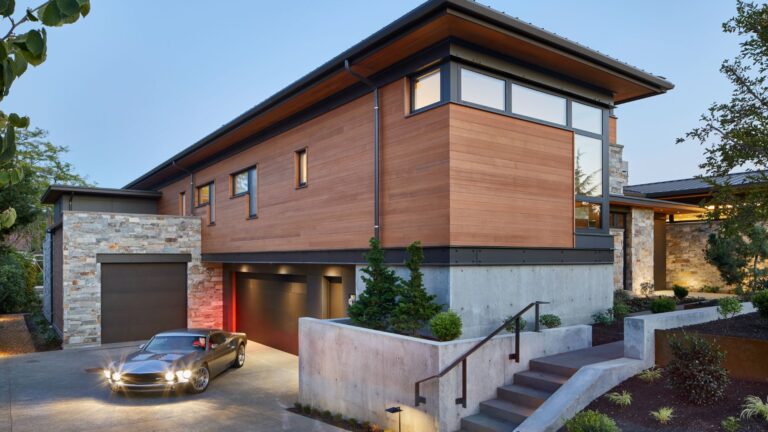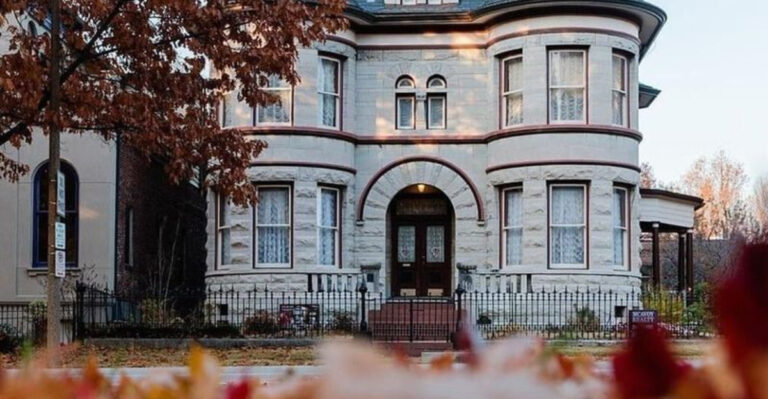10 Homes Too Pricey Compared To Their Size (Plus 5 Tiny Homes Even More Expensive)
I’ve seen some wild real estate listings in my time, but today’s housing market takes the cake. There are homes barely bigger than a storage unit going for millions, and I’m not exaggerating.
From mini mansions squeezed onto California lots to quirky spite houses with jaw-dropping price tags, it’s clear that square footage no longer sets the tone.
Honestly, some of these listings made me laugh out loud… right before I cried for my bank account. If you’ve ever wondered how a 300-square-foot box can rival a luxury estate, you’re in for a truly head-scratching ride.
1. Cupertino’s Million-Dollar Shoebox
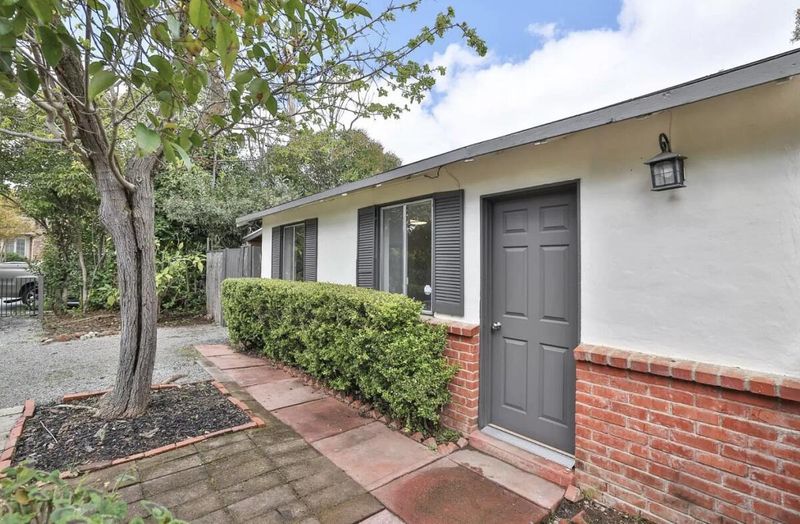
A teensy 384 square foot home in Cupertino, California hit the market at a whopping $1.7 million. That’s over $4,400 per square foot! You could fit this entire house inside some people’s living rooms.
Located in Silicon Valley’s tech hub, this property’s value comes from its land rather than the actual structure. The listing agent probably had a good laugh while typing up that price tag.
Most buyers would likely demolish this miniature dwelling to build something bigger, making this essentially a very expensive empty lot with a free tiny house thrown in.
2. The Spiteful Little Mansion
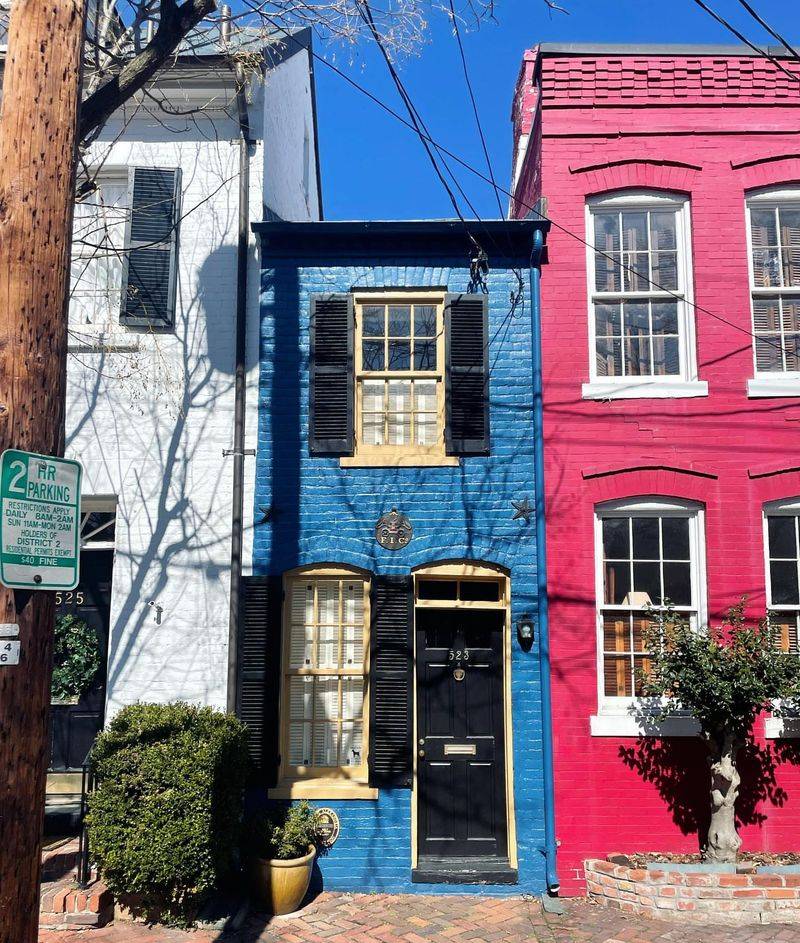
Hollensbury Spite House stands just 7 feet wide and spans a mere 350 square feet. Built in 1830 by John Hollensbury to keep horse-drawn wagons and loiterers out of his alley, this quirky slice of architecture comes with a $600,000 price tag.
Located in Alexandria, Virginia, this blue mini-mansion has become a tourist attraction. The skinny home contains just two rooms stacked on top of each other.
Despite its claustrophobic dimensions, people still line up to photograph this pricey historical oddity that costs more per square foot than many luxury penthouses.
3. San Jose’s Costly Cubicles
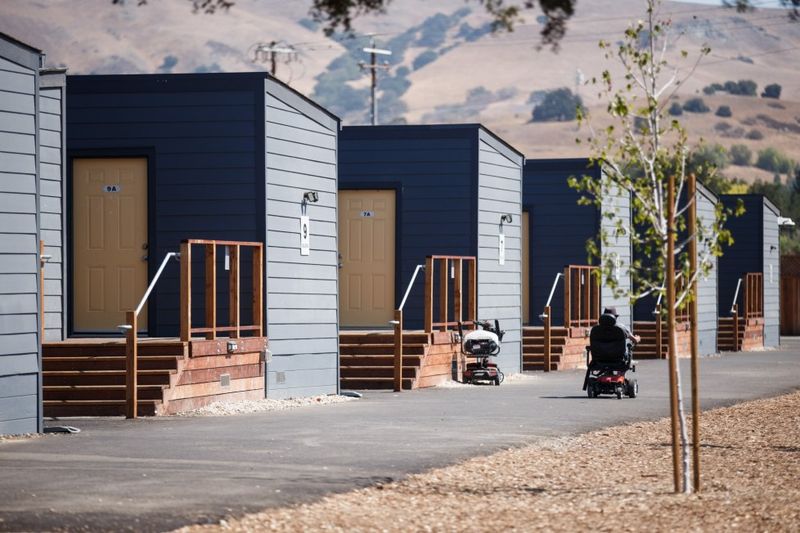
Money doesn’t stretch far in San Jose’s housing market, where modest homes routinely fetch nearly $1,000 per square foot. One particularly egregious example: a 1,000 square foot bungalow priced at $992,000.
The tech boom has transformed this once-affordable city into a playground for Silicon Valley elites. Regular families find themselves priced out while tiny ranch homes sell for seven figures.
What’s wild is that these aren’t architectural marvels or luxury estates – just basic homes with basic features commanding premium prices simply because of their zip code.
4. Cupertino’s Bidding War Wonder
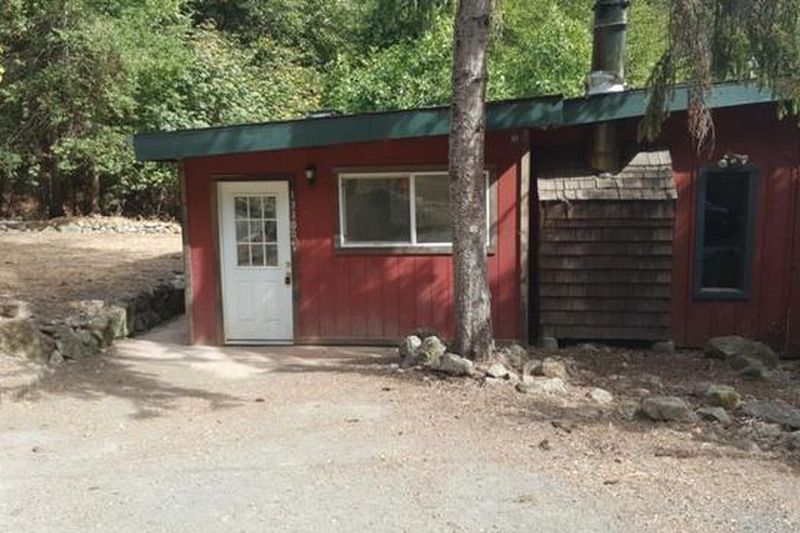
A humble Cupertino unit listed at an already eye-watering price sparked a bidding war that pushed it $500,000 above asking! The buyers didn’t even plan to live there – they purchased it as an investment property.
Located near Apple headquarters, this unremarkable home became a symbol of Silicon Valley’s housing crisis. Local teachers, firefighters, and retail workers watch helplessly as even tiny properties become unattainable.
The winning bidders likely high-fived while ordinary folks calculated how many centuries of saving it would take to afford such a modest space.
5. Hampton’s Mega-Mansion Madness
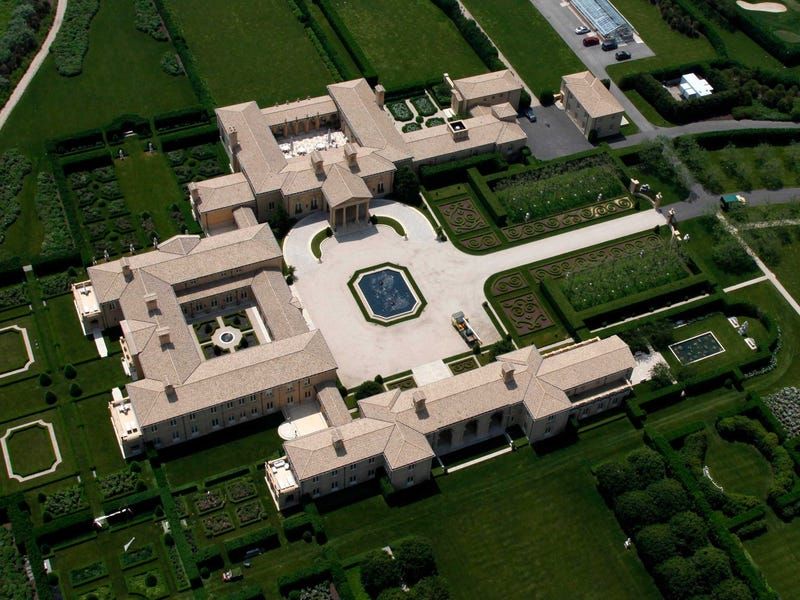
Fair Field estate in the Hamptons might be massive, but its hundreds-of-millions price tag still makes it absurdly expensive per square foot.
Owned by billionaire Ira Rennert, this 63-acre compound includes a 62,000 square foot main house that cost approximately $248 million. This monstrosity features 29 bedrooms, 39 bathrooms, and a 164-seat theater.
The property taxes alone would bankrupt most Americans! While technically large, the cost per square foot still exceeds $4,000 – proving that even the ultra-wealthy overpay for prestige locations.
6. Shrinking Homes, Growing Prices
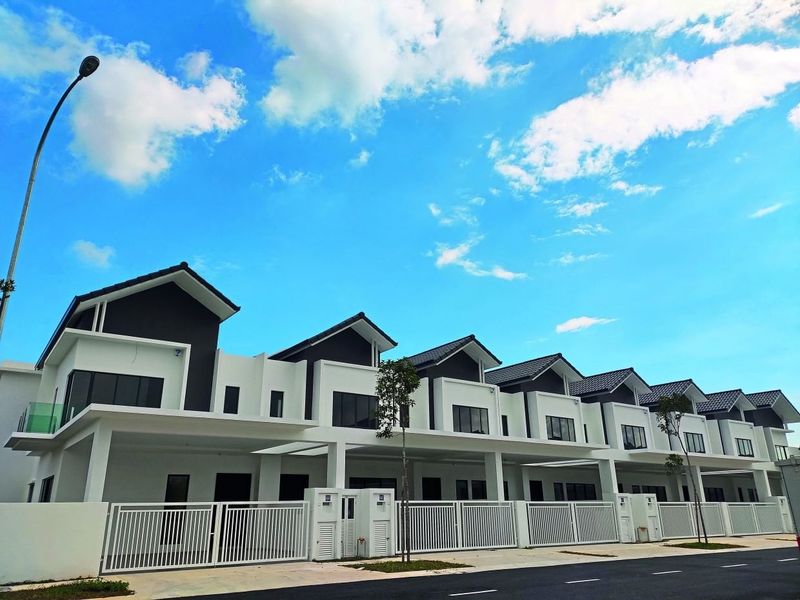
The American dream is getting smaller – literally. Median home sizes have shrunk while cost per square foot continues its skyward trajectory. New constructions average 2,261 square feet, down from the 2015 peak.
Meanwhile, prices per square foot have doubled in many markets. Buyers pay premium prices for less space than previous generations enjoyed.
This trend hits first-time homebuyers hardest. Many find themselves stretching budgets to breaking point just to secure tiny starter homes that would have been considered inadequate a decade ago.
7. Tiny Home Kit Sticker Shock
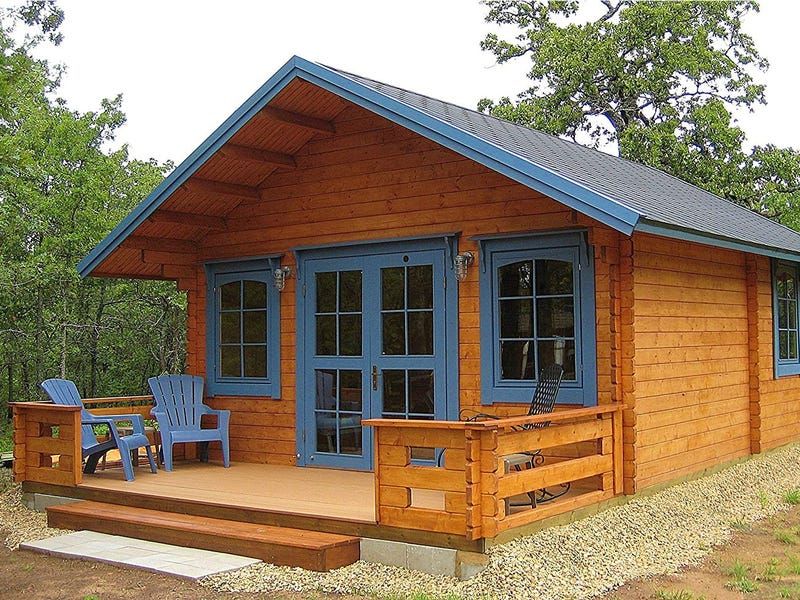
Tiny home kits advertise affordable housing solutions but often cost over $300 per square foot – more than conventional construction! One popular 200-square-foot model costs $65,000, making it pricier than many traditional homes on a per-square-foot basis.
The tiny house movement promised financial freedom. Instead, many buyers discover they’re paying premium prices for miniature living.
Factor in the costs of land, utilities hookups, and permits, and that cute Instagram-worthy tiny home suddenly becomes a not-so-tiny investment that makes financial advisors cringe.
8. Compact Living Premium Markup
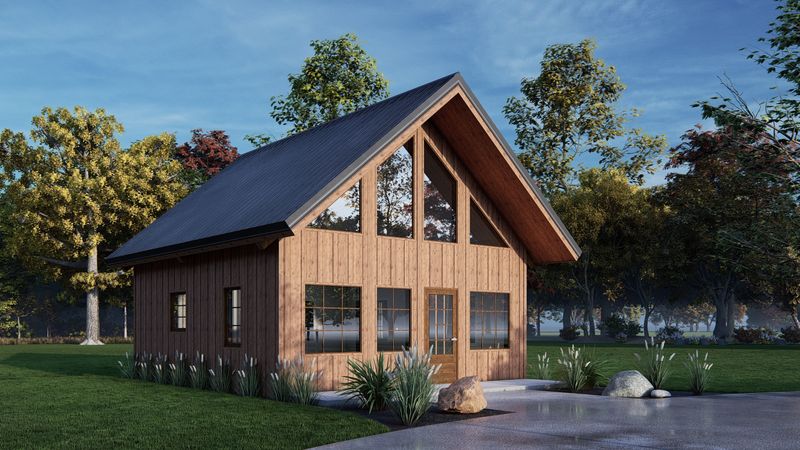
Small houses now command a shocking 60% higher price per square foot than standard-sized homes. This counterintuitive pricing means downsizing often doesn’t save nearly as much money as expected.
The “small house premium” exists because builders pack high-end finishes into compact spaces. Granite countertops and custom cabinetry in a tiny kitchen still cost nearly as much as in a large one.
Buyers seeking affordability through smaller footprints often find themselves paying luxury prices for homes that require Olympic-level organization skills just to store basic belongings.
9. Prefab Pricing Paradox

Prefabricated small homes promise efficiency but deliver sticker shock at $150-$450 per square foot. Factory-built should mean cost savings, yet many prefab tiny homes cost more than traditional construction!
One 400-square-foot prefab model priced at $180,000 works out to an eye-watering $450 per square foot. For comparison, the national average for conventional construction hovers around $150 per square foot.
Buyers lured by sleek designs and eco-friendly features often overlook the premium pricing that makes these compact dwellings questionable investments.
10. Location Over Logic Pricing
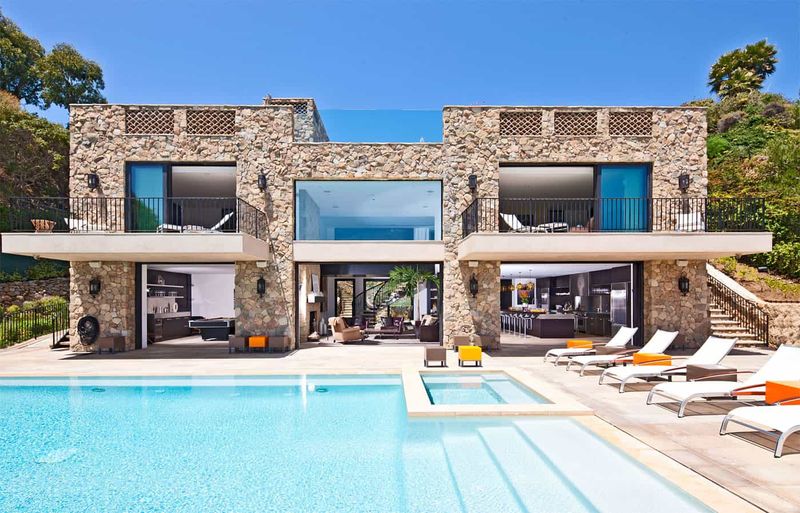
Modest houses perched on premium lots command astronomical prices regardless of their humble square footage. A weathered 700-square-foot beach cottage in Malibu recently sold for $3.5 million – that’s $5,000 per square foot!
The structure itself might be worth $100,000 in another location. The remaining $3.4 million? You’re paying for ocean breezes and bragging rights.
Buyers essentially purchase expensive air with a free mediocre house thrown in, proving location truly trumps logic in real estate’s most inflated markets.
11. Nomadnest’s Luxury Miniature
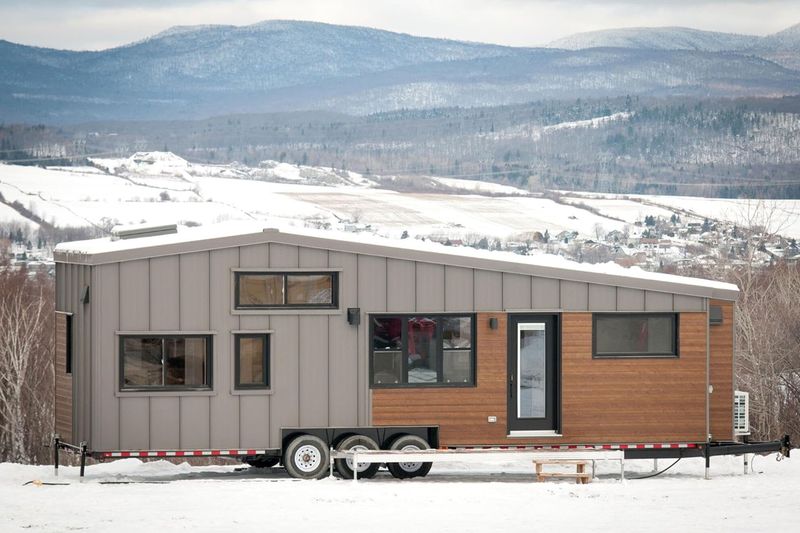
Nomadnest’s modern tiny house packs a big price punch at $94,500 for just 255 square feet. That’s a jaw-dropping $370 per square foot – more expensive than many luxury apartments in major cities!
This sleek mobile dwelling features custom everything: handcrafted cabinetry, designer fixtures, and smart home technology. The company markets it as “freedom” but conveniently downplays the premium pricing.
You could buy a conventional three-bedroom house in many American cities for the same price as this glorified camping trailer with fancy countertops.
12. WalkMax’s Tiny Price Gouge
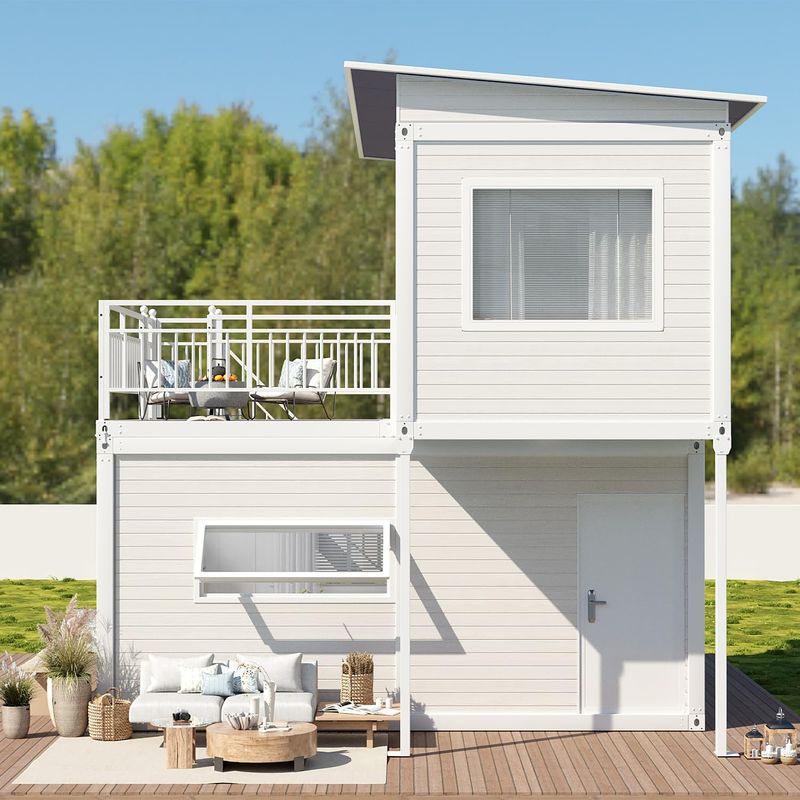
WalkMax’s prefab tiny home squeezes your wallet harder than it squeezes your living space. At $29,999 for roughly 290 square feet, you’re paying over $103 per square foot for what amounts to a fancy shed.
The company boasts about “turnkey solutions” and “minimal ecological footprint.” They’re less vocal about how you could build a similar structure for half the price using standard materials.
Buyers seduced by Instagram-worthy minimalism often overlook that they’re paying premium prices for dramatically reduced living space.
13. Container Home Cost Container
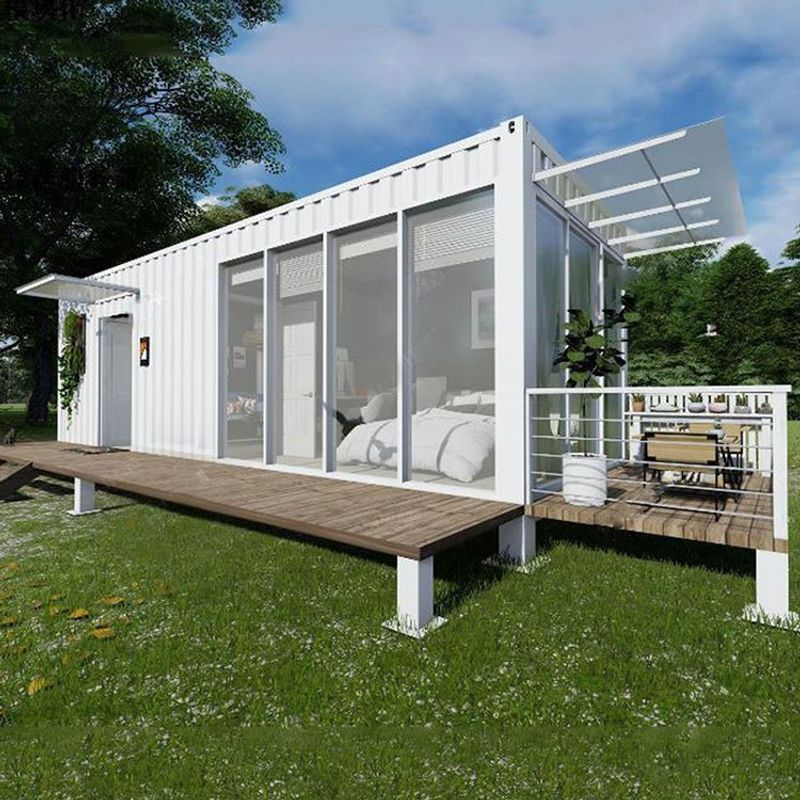
That portable expandable container home with the $9,599 price tag isn’t the bargain it appears to be. At roughly 160 square feet when collapsed, you’re paying $60 per square foot for what started life as a shipping container!
Sure, it expands to about 530 square feet when fully deployed. But you’ll spend thousands more on plumbing, electrical, and finishing touches.
The industrial-chic aesthetic comes with industrial-strength pricing once you factor in all the extras needed to make this metal box actually livable.
14. Double-Decker Wallet Drain
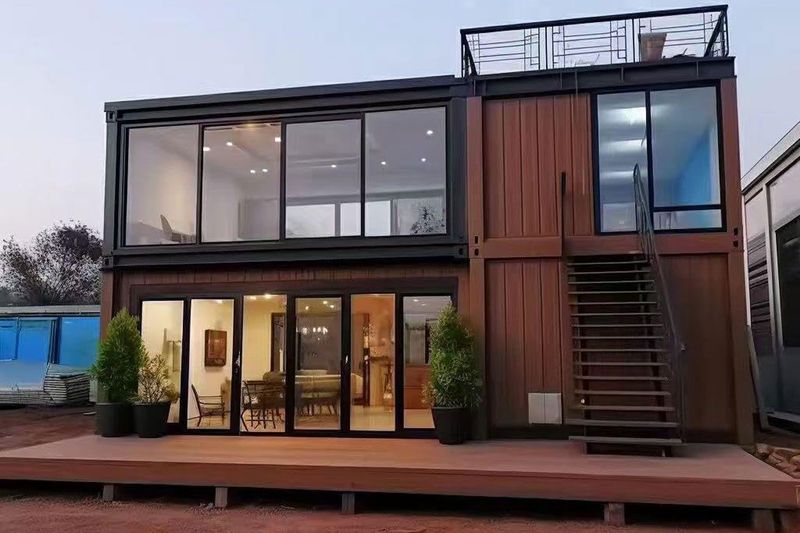
The two-story WalkMax prefab house stacks two 290-square-foot floors for double the tiny living at $29,999 per level. That’s nearly $60,000 for 580 square feet – or $103 per square foot before adding foundation, utilities, or land costs!
Marketing materials showcase the space-saving staircase and clever storage solutions. They’re less enthusiastic about mentioning how conventional homes typically cost $25-50 less per square foot.
Buyers essentially pay boutique hotel prices for permanent accommodations smaller than many hotel suites.
15. Modular Money Pit
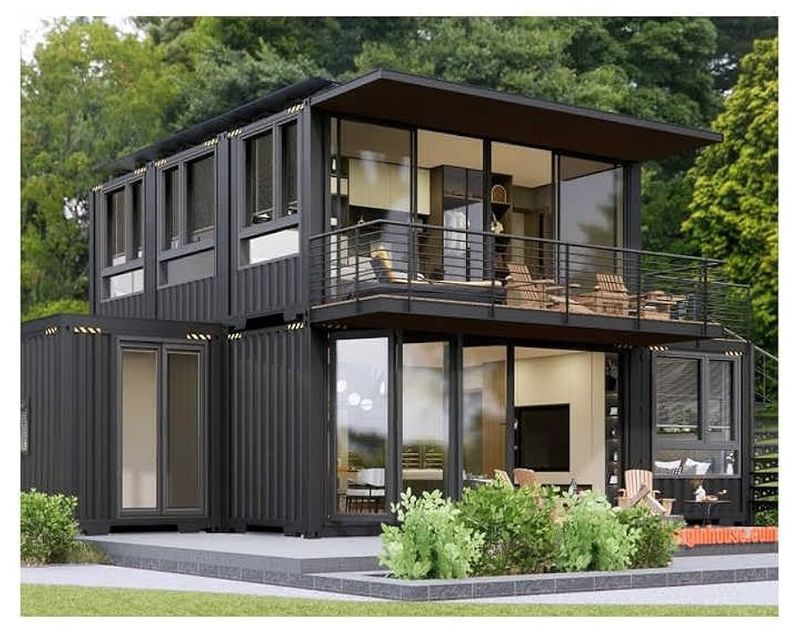
The modular expandable tiny home with its $11,289 price tag sounds reasonable until you calculate the cost per square foot. At roughly 120 square feet in its compact form, you’re paying $94 per square foot for the shell alone!
Expansion modules add another $3,000-$5,000 each. By the time you’ve created a livable space, you’ve spent upwards of $20,000 for less room than a standard hotel suite.
The company touts “flexibility” and “future expansion options” – marketing-speak for “we’ll keep charging you premium prices for additional tiny spaces.”

